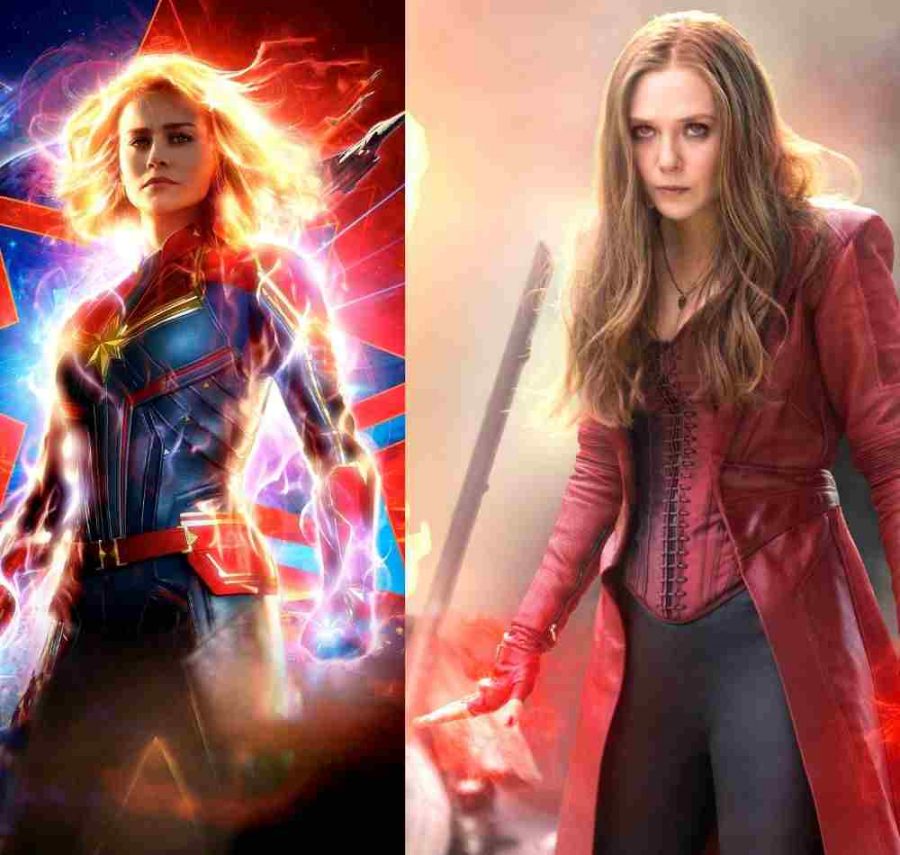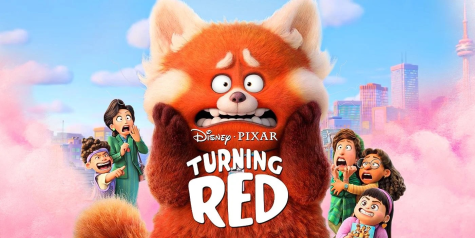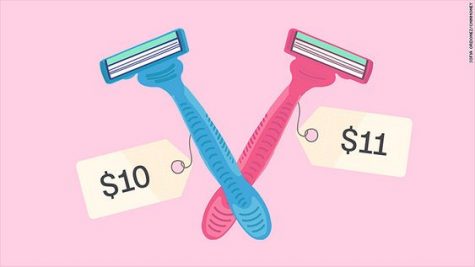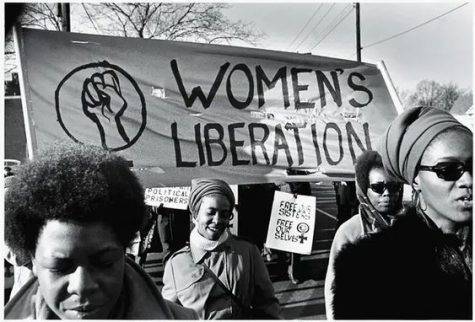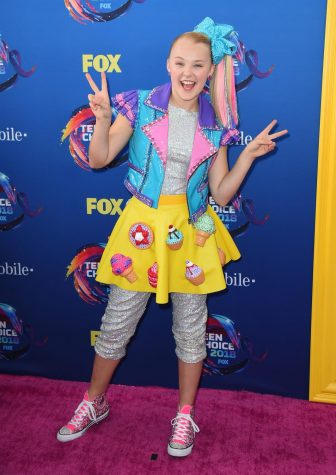Women’s History Month: How to write strong female characters
How do we create well-rounded female characters? This is surprisingly an obstacle many screenwriters and novelists have to overcome, writing prominent female characters that are three-dimensional.
One thing creators should do is to avoid certain stereotypes that have already been over-saturated. For example, the constantly overemotional and whiney female character. This trope is usually more pronounced if she is the only prominent female character in a predominantly male ensemble. While there is nothing wrong with being emotional, it gets very annoying to hear the character constantly complain about how miserable she is in the movie.
Another stereotype is the needy girl, who is portrayed as obsessive, smothering, toxic and is often in romantic comedies. She is contrasted with the cool girl who considers herself “one of the boys.” Popular characters who fit the stereotype include Sharpay Evans from High School Musical and Sarah Marshall from Forgetting Sarah Marshall.
There is also the sexually promiscuous female character, who can be empowering or misogynistic depending on the way she is written. The empowering version would be in full control of her sexuality and not afraid to express it. On the other hand, the misogynistic version is usually written from the male gaze and a lot of time is spent focusing on her body. Examples include Mikaela Banes from the Transformers Series.
But in order to create well-rounded female characters, people need to have strengths as well as flaws to be relatable and important to the storyline. This is seen in the animated versus live-action version of Mulan. In the animated version and in the original ballad, Mulan is not physically strong but she is very intelligent. Throughout the animated movie, she uses her wits rather than brute strength to solve her problems. But that is completely ruined in the live-action version when Mulan is given a “chi” which are mystical superpowers that make her very strong. This small detail gets rid of a rather crucial aspect of the original Mulan that shows how anyone can aspire to be anything if they put in the effort. But now that she has superpowers, she is lacking in character development.
Another example of this stereotype is the contrast between Captain Marvel also known as Carol Danvers and the Scarlet Witch also known as Wanda Maximoff. Both of these comic book characters are very similar, as they are both female superheroes gifted with extraordinary powers, yet people tend to resonate with the Scarlet Witch more. The common consensus for comic book and movie fans as to why they do not like Captain Marvel is that she is fairly underdeveloped for the main character. Her only personality traits are being strong and independent. Meanwhile, Scarlet Witch is a much more interesting and fleshed-out character in both the comics and the movies. This is seen in her own television series, WandaVision, in which Wanda is struggling to process the grief of losing the love of her life, Vision.
Another unfortunate stereotype is that the only way a female character can be strong is if she goes through a very traumatic experience. It reinforces the idea that women must witness or be part of a horrific event to build character. One of the most famous examples is Sansa Stark in Game of Thrones. In the fifth season, she is raped by her husband on her wedding night and the scene is very hard to watch. This was controversial for two main reasons. In the Song of Ice and Fire book series, which the show is based on, Sansa does not get sexually assaulted at all and she still develops as a character becoming more shrewd and less naive. But in the show, this horrible moment in her life is framed as something she needed to be a strong, independent woman. Why can’t female characters be tough and resilient without having a tragic backstory?
Last, but definitely not least, is the quirky girl trope. Words that are used to describe her usually include different, unique and “not like the other girls.” This is unfortunately a trope that female writers often use. This character is usually into literature, only has male friends and is charmingly clumsy. The quirky girl is considered to be special in her world. She also spends most of her time mocking other girls who are more feminine. Popular characters that fit this stereotype include Elle from The Kissing Booth and Jess from New Girl.
There is nothing wrong with a girl being feminine or masculine, but a problem arises when one makes fun of other people for just being themselves. This trope also implies that being feminine is a weakness. While this girl is presented to be tomboyish, cool and doesn’t see herself as attractive, the girls around her are portrayed to be vapid, materialistic and conniving.
Overall, the problem is that creators are not treating their female characters as human beings. Female characters in general should just be written like actual human beings with virtues and flaws.



